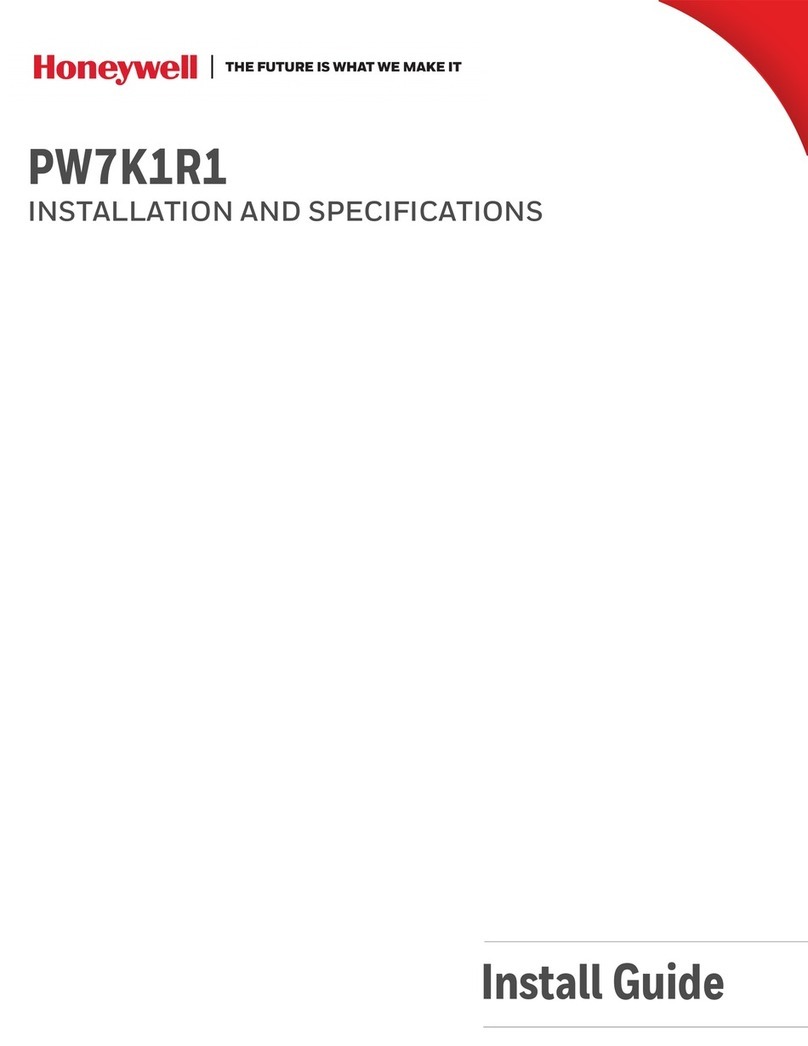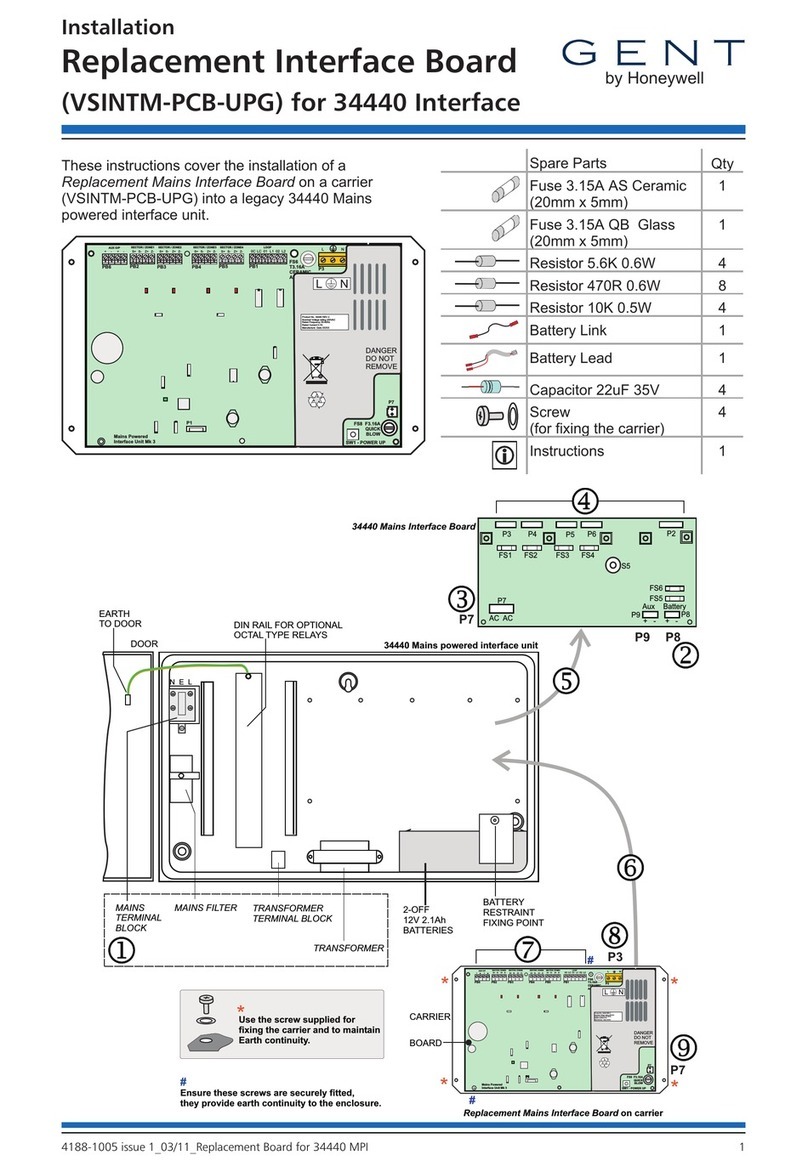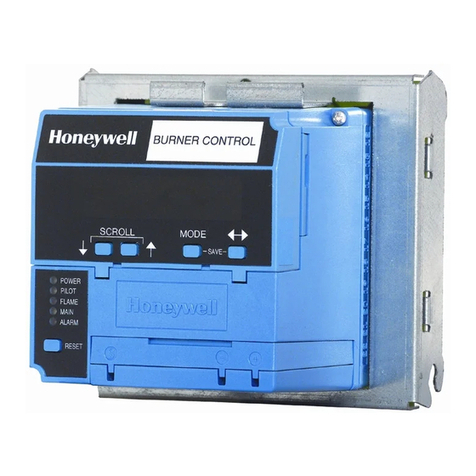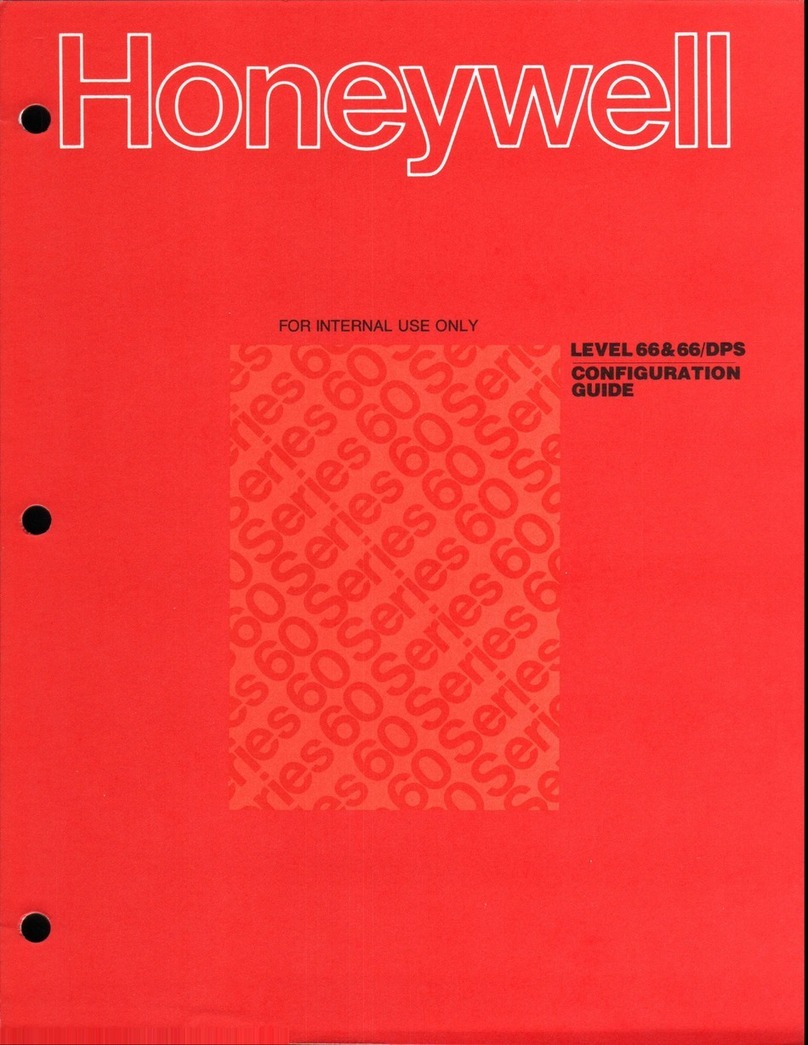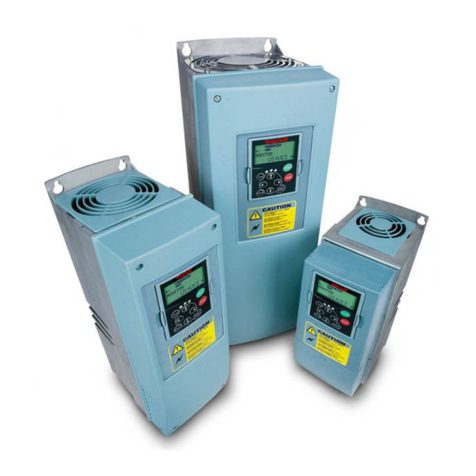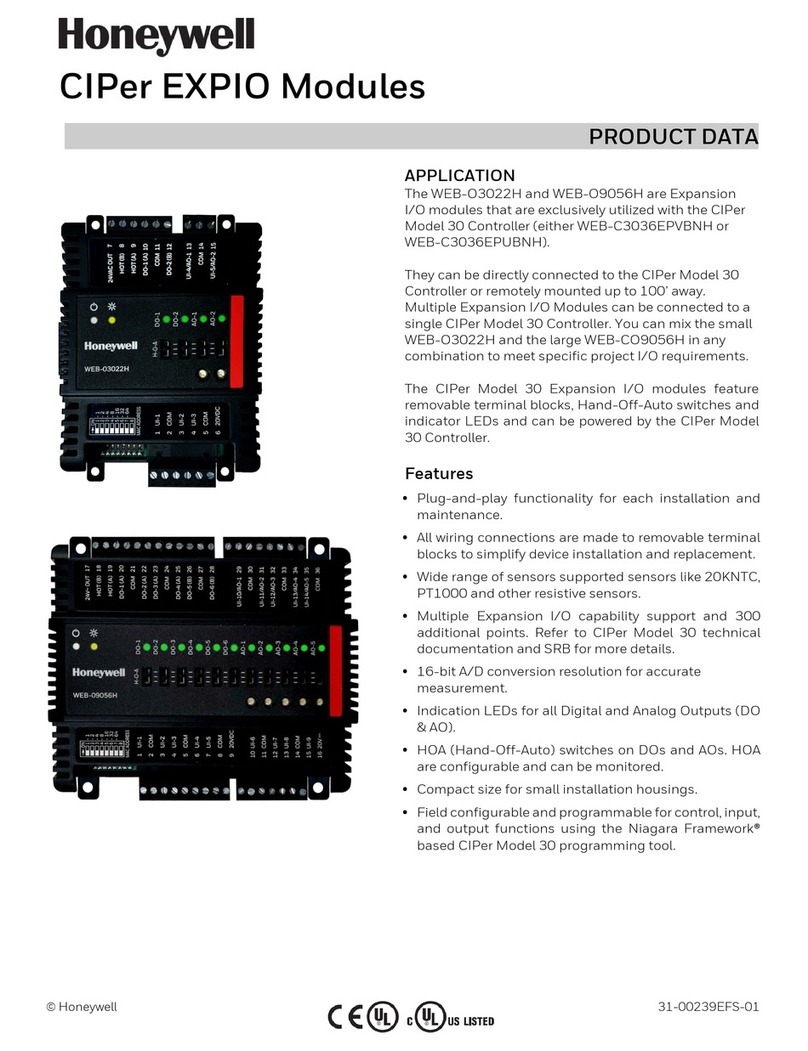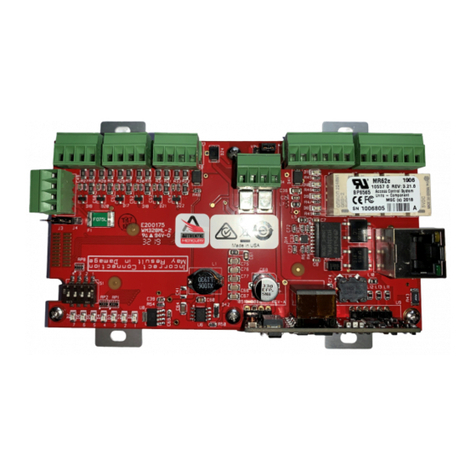
RM7838B,C 7800 SERIES RELAY MODULE
66-1094—08 2
Explosion or Fire Hazard.
Can cause severe personal injury, death or
property damage.
To prevent possible hazardous burner operation, verify
safety requirements each time a control is installed on
a burner.
Electrical Shock Hazard.
Can cause electrical shock or equipment damage.
Disconnect the power supply before beginning
installation. More than one power supply disconnect
can be required.
Location
Humidity
Install the relay module where the relative humidity never
reaches the saturation point. The relay module is designed to
operate in a maximum 85% relative humidity continuous,
noncondensing, moisture environment. Condensing moisture
can cause a safety shutdown.
Vibration
Do not install the relay module where it can be subjected to
vibration in excess of 0.5G continuous maximum vibration.
Weather
The relay module is not designed to be weather tight. When
installed outdoors, protect the relay module in an approved
weather-tight enclosure.
Mounting Wiring Subbase
1. Mount the subbase in any position except horizontally
with the bifurcated contacts pointing down. The
standard vertical position is recommended; any other
position decreases the maximum ambient temperature
rating.
2. Select a location on a wall, burner or electrical panel.
The Q7800 can be mounted directly in the control
cabinet; be sure to allow adequate clearance for
service, installation, access or removal of the
RM7838B,C, Expanded Annunciator, KDM, flame
amplifier, flame amplifier signal voltage probes,
Run/Test Switch, electrical signal voltage probes and
electrical field connections.
3. For surface mounting, use the back of the subbase as a
template to mark the four screw locations; then drill the
pilot holes.
4. Securely mount the subbase using four no. 6 screws.
IMPORTANT
1. Wiring connections for the relay modules are unique;
refer to Fig. 2 and 3 or the appropriate Specifications
for proper subbase wiring.
2. Wiring must comply with all applicable codes,
ordinances and regulations.
3. Wiring must comply with NEC Class 1
(Line Voltage) wiring.
4. Loads connected to the RM7838B,C must not
exceed those listed on the RM7838B,C label or the
Specifications; see Table 4.
5. Limits and interlocks must be rated to simultaneously
carry and break current to the ignition transformer,
pilot valve, and main fuel valve(s).
6. All external timers must be listed or component
recognized by authorities who have proper
jurisdiction.
7. For on-off gas-fired systems, some authorities who
have jurisdiction prohibit the wiring of any limit or
operating contacts in series between the flame
safeguard control and the main fuel valve(s).
8. Two Flame Detectors can be connected in parallel
with the exception of Infrared Flame Detectors
(C7015 and C7915), UV Flame Detectors C7927,
and C7961 and visible light detector C7962.
9. This equipment generates, uses and can radiate
radio frequency energy and, if not installed and used
in accordance with the instructions, can cause
interference with radio communications. It has been
tested and found to comply with the limits for a
Class B computing device of Part 15 of FCC rules,
which are designed to provide reasonable protection
against such interference when operated in a
commercial environment. Operation of this
equipment in a residential area can cause
interference; in which case, the users, at their own
expense, may be required to take whatever
measures are required to correct this interference.
10. This digital apparatus does not exceed the Class B
limits for radio noise for digital apparatus set out in
the Radio Interference Regulations of the Canadian
Department of Communications.
See Fig. 1 for the internal block diagram of the RM7838B,C
Relay Module.
Wiring Subbase
Electrical Shock Hazard.
Can cause serious personal injury, death or
equipment damage.
Disconnect the power supply before beginning
installation. More than one power supply disconnect
may be required.
1. Refer to Fig. 2 or 3 for proper subbase wiring.
2. For proper remote wiring of the KDM, refer to the KDM
Specifications (65-0090), Data ControlBus Module™
(65-0091) or Extension Cable Assembly (65-0131).
3. Make sure all wiring complies with all applicable
electrical codes, ordinances and regulations. Wiring,
where required, must comply with NEC, Class 1
(Line Voltage) wiring.
